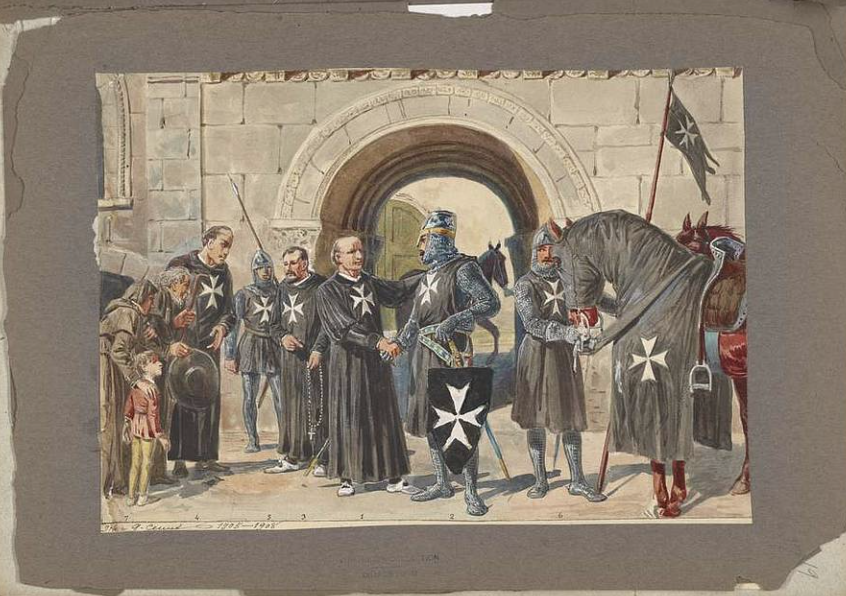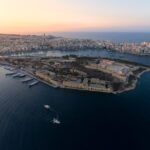| Malta Short Let: Cozy Stay in Gzira | |
|
Sliema Area Modern Designer Finished 2 Bedrooms + Games Room. First floor with Maltese Balcony Large back Terrace with swinging sofa Fully Airconditioned + Full Kitchen 3 TVs, including 65” with backlight. |
 |
|
Book Now: Google Travel | Direct (Cheapest) | Booking.com | Airbnb |
|
Nestled in the heart of the Mediterranean, Malta might seem like a tranquil paradise today—a jewel of ancient fortresses and azure waters. But centuries ago, this rugged island was the stage for one of history’s most dramatic battles for survival. At the center of it all were the Knights of Malta, warriors of faith who defended not just their island home, but their very way of life, their religion, and the future of Christian Europe.
To grasp their story is to understand the fear and hope that drove them. The Knights of Malta weren’t just soldiers—they were men of deep conviction, willing to die to protect their sacred vows. For them, defending Malta meant more than holding onto land. It meant preserving a beacon of Christendom amidst the relentless tide of Ottoman conquest.
The Origins: From Caregivers to Warriors of Faith
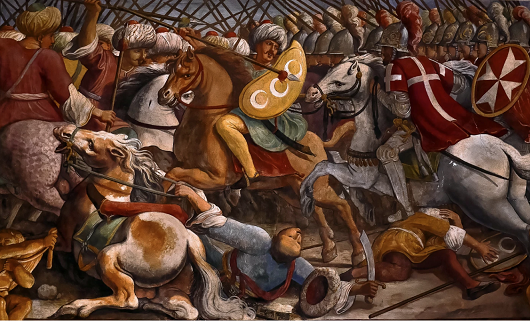
Before they were warriors, the Knights of Malta were known as the Knights Hospitaller, a humble order founded in Jerusalem in the 11th century. Their mission? To provide care and shelter for Christian pilgrims. In the chaos of the Crusades, these knights quickly found their role expanding—they were not just healers but protectors.
As the Crusader states crumbled under pressure from Islamic forces, the Knights Hospitaller faced a choice: retreat into obscurity or take up arms. They believed that by defending Christian lands, they were defending the soul of Europe.
A New Beginning: The Fall of the Holy Land and the Flight to Rhodes
The fall of Acre in 1291 marked the end of the Christian presence in the Holy Land. The Knights Hospitaller, now homeless, were forced to move. First, they settled in Cyprus, and later, in Rhodes.
In 1522, the mighty Ottoman Sultan Suleiman the Magnificent launched an all-out siege against Rhodes. Outnumbered and outgunned, they clung to their faith, knowing that surrender meant the loss of their purpose. Even in defeat, their bravery earned the respect of their enemies.
The men who sailed away from Rhodes were warriors without a home, but not without hope. Their next chapter would bring them to Malta.
Malta: A Fortress Like No Other
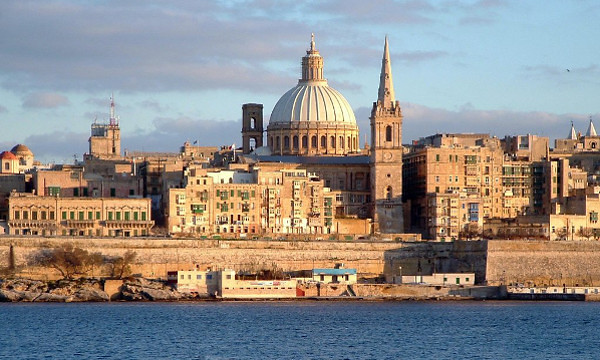
In 1530, Emperor Charles V of Spain gave the knights Malta, a barren, sun-scorched rock. But for the knights, Malta was more than an island—it was a fortress, strategically placed between Christian Europe and the advancing Ottoman Empire.
The knights threw themselves into building Malta’s defenses. They knew what was coming. The Ottomans would not let Malta stand for long. The knights had seen the horrors of conquest firsthand and understood that here, on Malta, they would make their final stand.
The Great Siege of Malta: Faith and Fear on the Front Lines
In 1565, Suleiman the Magnificent unleashed a massive Ottoman fleet on Malta. If Malta fell, the Ottomans would have a direct route into Europe. The knights understood what was at stake—Christianity itself seemed to hang in the balance.
Fewer than 6,000 defenders stood against a colossal force of 30,000 to 40,000 Ottoman troops. The siege was a relentless, brutal affair. The Ottomans bombarded Malta’s fortifications without mercy.
The Great Siege was not one continuous battle, but a series of fierce engagements. It began with a massive assault on Fort St. Elmo, which guarded the entrance to Malta’s Grand Harbour. For nearly a month, the fort’s small garrison held out against overwhelming odds, buying crucial time for the rest of Malta’s defenses.
After St. Elmo fell, the Ottomans turned their attention to the fortified cities of Birgu and Senglea. The knights and Maltese defenders repelled numerous attacks, including a particularly vicious assault on August 7th, known as the “Great Assault.” This battle saw some of the siege’s fiercest fighting, with both sides suffering heavy losses.
But the knights didn’t just fight for Malta—they fought for something greater. Their Grand Master, Jean Parisot de Valette, reminded them they fought for their faith, their families, and the survival of everything they held dear.
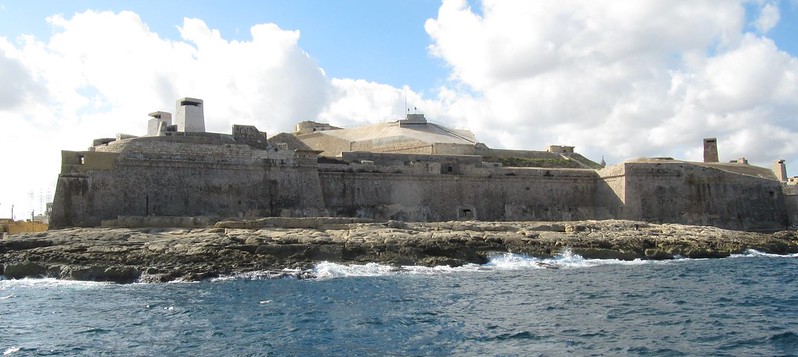
In a final, desperate push in September 1565, after months of unimaginable suffering, reinforcements from Sicily arrived. Together, they drove the Ottomans from the island. The victory was not just physical—it was spiritual. Malta had been saved, and with it, the heart of Christendom.
Notable Grand Masters: Shaping Malta’s Destiny
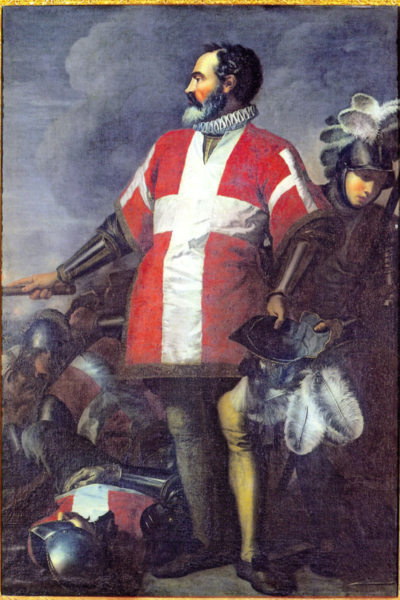
While Jean Parisot de Valette is rightly celebrated for his leadership during the Great Siege, other Grand Masters left their mark on Malta’s history. Philippe Villiers de L’Isle-Adam, the first Grand Master to rule Malta, oversaw the knights’ transition from Rhodes to their new home. Giovanni Paolo Lascaris initiated the construction of the Lascaris War Rooms, a complex of underground tunnels and chambers that would prove vital in World War II. Manuel Pinto da Fonseca, a patron of the arts, oversaw the baroque transformation of much of Valletta.
The Legacy of the Knights of Malta
The Great Siege of Malta is remembered as one of history’s greatest military triumphs. The knights, vastly outnumbered, had emerged victorious. This victory marked a turning point in the conflict between Christian Europe and the Ottoman Empire.
The knights went on to build Valletta, a city named after their heroic Grand Master. Valletta became a symbol of resilience and faith.
The Knights’ Influence on Maltese Culture and Architecture
The knights’ 268-year rule profoundly shaped Malta. They transformed the island from a relatively barren outpost into a center of art, culture, and learning. The knights brought with them the best architects and artists from across Europe, including the renowned baroque painter Mattia Preti, whose works still adorn many of Malta’s churches and palaces.
Valletta, founded by the knights in 1566, stands as a testament to their vision. The city’s grid-like street pattern was revolutionary for its time, designed to allow sea breezes to cool the city. St. John’s Co-Cathedral, with its ornate baroque interior, showcases the knights’ wealth and artistic patronage.
The knights also left their mark on Malta’s language and culture. Many Maltese surnames and place names have their origins in the languages of the various nationalities that made up the order, adding to the rich tapestry of Malta’s heritage that stretches back to Phoenician times.
Who Are the Knights of Malta Today?
Though centuries have passed since the Great Siege, the Knights of Malta remain active today. Their mission has shifted. No longer soldiers wielding swords, the modern Sovereign Military Order of Malta is a humanitarian force, dedicated to charity and medical assistance. With more than 13,500 members and volunteers worldwide, they continue their legacy of service.
Though their battles now are fought with compassion rather than cannon fire, the knights’ commitment to their faith and values remains unchanged. The Order maintains diplomatic relations with over 100 nations, a rare distinction for a religious order.
Exploring Malta Today
As you explore the grandeur of Valletta, consider staying in nearby Sliema or Gzira, which offer a perfect blend of Maltese charm and modern comfort. In Sliema there is a host of things one can do and many day trips possible bu bus.With easy access to all the historical sites, these neighborhoods are ideal for experiencing the best of Malta. Many visitors choose to stay in comfortable Airbnb apartments, enjoying stunning views of the Mediterranean while immersing themselves in local culture.
Where to Stay in Malta?
Our Two favourite accommodations in Malta


Conclusion
Visiting Malta today offers a unique opportunity to walk in the footsteps of these knights. From the towering walls of Fort St. Elmo to the magnificent St. John’s Co-Cathedral, Malta is a living museum of the knights’ legacy. Explore Auberge de Castille and visit the Grandmaster’s Palace in Valletta on a self-guided tour, discovering the rich history at your own pace.
For those interested in diving deeper into Malta’s rich history, consider exploring some of the island’s lesser-known attractions. Follow the historic water trail to discover ancient springs and aqueducts, or descend into the underground wonder of the Hal Saflieni Hypogeum. For a truly unique perspective, explore the dolmens, temples, and cosmic alignments that offer new insights into Malta’s ancient civilization.
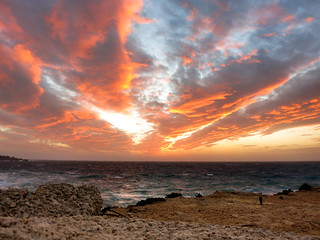

Conclusion: A Legacy That Endures
The story of the Knights of Malta is one of passion, sacrifice, and undying faith. From humble beginnings as caregivers in the Holy Land to becoming one of history’s most formidable military orders, the knights have left an indelible mark on the world.
Today, the Knights of Malta continue to inspire. Though the battles they fight now are against poverty, illness, and despair, the values that drove them during their darkest days on Malta remain the same. In their service to humanity, they remind us that the greatest battles aren’t always won with swords—they are won with faith, resilience, and a heart devoted to others.
Whether you’re marveling at the architectural wonders they left behind, or simply enjoying the warm Mediterranean sun on a secluded beach, remember the knights who once called this island home. Their legacy lives on in every stone, every tradition, and in the hearts of the Maltese people.
From its rich history to its modern charm, Malta offers something for every traveler. Whether you’re exploring on a shoestring budget, traveling with kids, or indulging in the local cuisine, Malta’s diverse offerings are sure to captivate you. So why wait? Start planning your Maltese adventure today and immerse yourself in the legacy of the Knights of Malta!
We invite you to consider our two favourite accommodations in Sliema and Gzira

